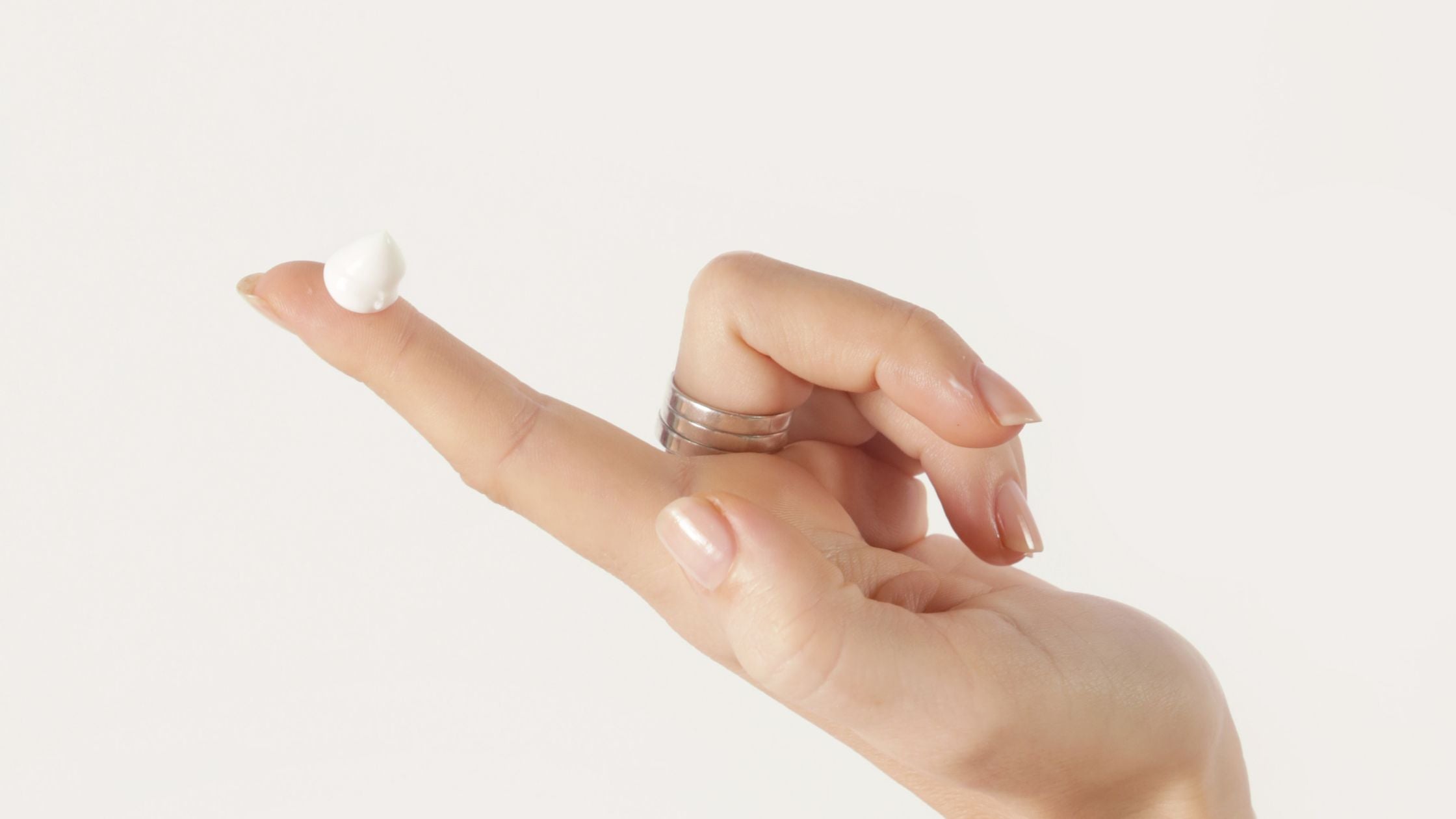Tretinoin: The Holy Grail of Anti-Aging

The key to anti-aging in skincare really isn’t that difficult. We know that our bodies shed the top layer of skin and replace it with new cells. This process is called the cellular turnover cycle. As we age, the cycle gets longer and longer. So, skin care products that encourage exfoliation and the creation of new cells is what we need in order to keep our skin looking young and healthy.
There are many products on the market that claim to support anti-aging. Some work, others don’t. The quality of the ingredients matters. But some ingredients are extremely effective and could be potentially dangerous so they are available only by prescription. One of those powerful ingredients is tretinoin.
What is tretinoin?
Tretinoin is a retinoid. You’ve probably heard of retinol, a weaker retinoid that you can buy over the counter. You also may have heard of Retin-A, a commonly known brand name for retinoic acid. Retinol and retinoic acid are both retinoids, but they are not the same thing. Retinoic acid is synthetic vitamin A and is only available by prescription. Tretinoin is another name for retinoic acid.
Tretinoin is used to treat many common skin conditions. It has been prescribed to treat acne for the past 50 years. But, it can also be used to improve the appearance of wrinkles, fine lines, dark spots, and other signs of aging skin. Tretinoin comes in a cream or a gel and is applied to the skin.
Tretinoin works because it speeds up the cellular turnover cycle by irritating the skin. The cells on the surface die faster, forcing the lower layers of skin to make new cells. Because the product does irritate, it might be too much for people with sensitive skin.
Tretinoin for Anti-Aging

Compared to other anti-aging skin care ingredients, research shows that tretinoin is highly effective. Scientists started to study it for anti-aging in the 1980s and they continue to do so today. It’s been shown to not only be effective, but is safe for long term use.
A clinical trial done in 1990 had patients using tretinoin on one side of the face and a placebo on the other over the course of 12 weeks. The volunteers in the study had visible signs of aging. In the end, the tretinoin side showed significant improvement in the appearance of fine lines and wrinkles around the eyes, mouth, and cheeks. Scientists also observed that the thickness of the skin increased as well.
One double blind study showed that it takes about 16 weeks, or around 4 months, to see significant improvement. Although that may seem like a long time, you will likely notice small changes much sooner.
Tretinoin is only available by prescription due to potential interactions with other medications or its effect on people with certain medical conditions. When a doctor is considering prescribing tretinoin, they will review your medical history to be sure that it is safe for you to use. People who are pregnant, have eczema, or are sunburned should not use tretinoin. Medications that make someone more sensitive to the sun should not be combined with tretinoin. These include thiazides, tetracyclines, fluoroquinolones, phenothiazines, sulfonamides, and others.
Side Effects of Tretinoin
Side effects of tretinoin are very common. In fact, you are supposed to have them! It shows that the product is working.
Most of the common side effects do lessen or go away once your body gets used to the product. Some doctors have suggestions and can recommend product combinations to lessen side effects.
Common side effects include:
-
Burning or stinging skin
-
Itching
-
Redness
-
Chapping or scaling
-
Mild peeling
-
Darkening or lightening of the skin
-
Dryness
-
Unusually warm skin
Most of the time these side effects do not need medical attention. But, if in doubt, contact your doctor. If you are in pain beyond the irritation, have severe peeling or dryness, or if you feel physically ill, seek medical attention as soon as possible.
How to Use Tretinoin

Tretinoin is extremely effective and it is also easy to use as part of your every day skin care routine. One caveat is that you will need to start your routine a little earlier than usual to allow the tretinoin to absorb before applying other products.
-
Wash your face using a mild cleanser and warm water. Anything that contains benzoyl peroxide or salicylic acid should be avoided as they can add to the irritation that tretinoin causes.
-
Gently dry your face with a soft towel. Blotting works best. Be sure your skin is completely dry! You can wait a few minutes to be sure.
-
Apply the tretinoin gel or cream to your forehead, cheeks, chin and nose. This is a powerful medication, so you don’t need more than the size of a pea. Be sure to avoid the skin close to your eyes and nostrils.
-
Don’t touch your face for about 20 minutes! This allows your skin to fully absorb the tretinoin.
-
Apply the rest of your skincare products. Remember that tretinoin causes dryness, so moisturizer is crucial! You will also want to use facial sunscreen!
Get Tretinoin Easily and Conveniently
Qyral has partnered with board certified dermatologists to make it easy and convenient for you to obtain a prescription for our products containing tretinoin! Simply take our skincare assessment. You’ll answer questions about your skin and your health history. Then you will take photos so a doctor can have a look. If they have questions, they’ll be in touch. For less than $50, you’ll have access to a dermatologist as it relates to Qyral, for a full year!
We will compound tretinoin and other recommended ingredients to give you a personalized skincare routine for your precise skin type.
Simply get started on your skin assessment at qyral.com!